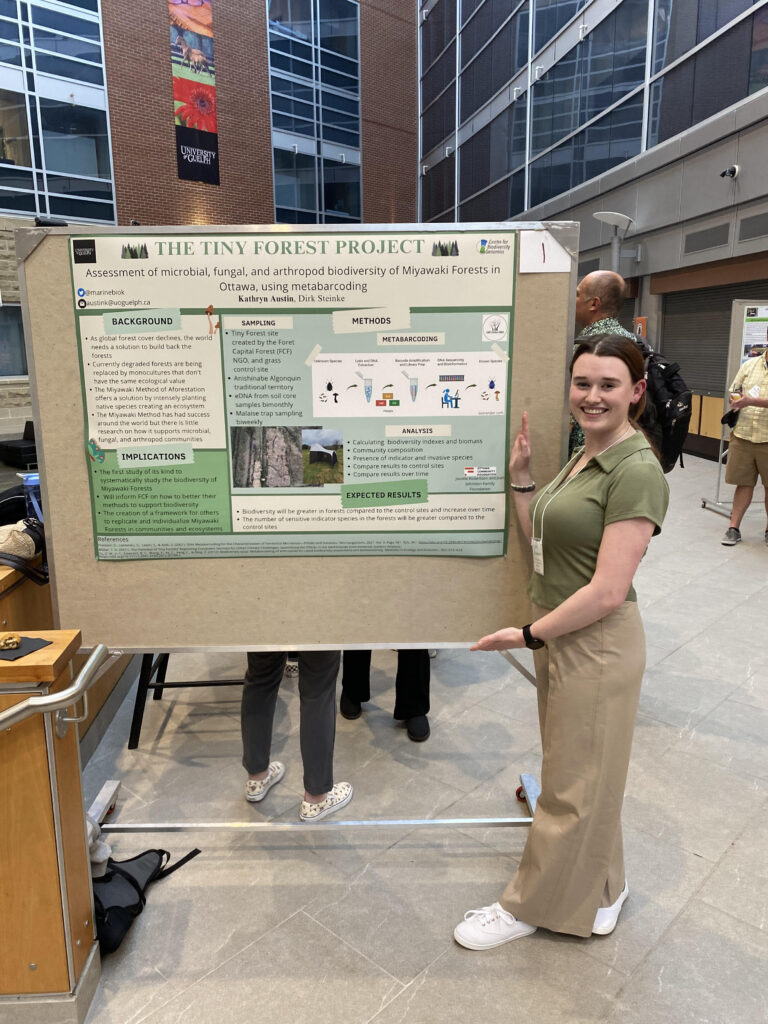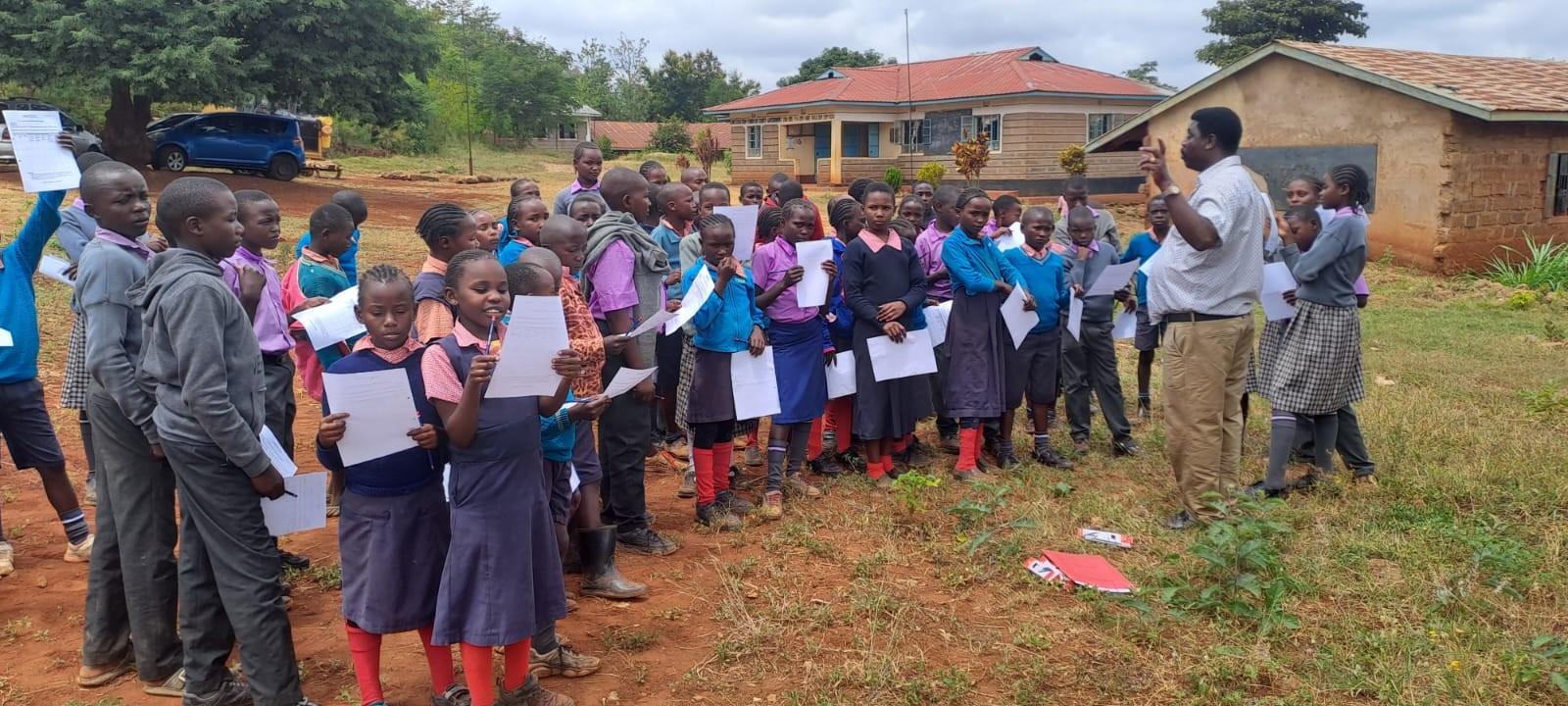Motivation
Let me share with you my perspective on our Tiny Forests Demonstration plots and what prompted our proposal as part of a Tree Canada ‘Treemendous Communities’ grant submission in 2021/2022.
We wanted to ‘trial the Miyawaki method of afforestation’, which is a method developed by Professor Miyawaki in Japan. It is applied to creating mini-forests, often referred to as Tiny Forests. We felt that if we were to do this at our base of operations at the Just Food Community Farm, we would both learn about the method ourselves and create demonstrations for others to learn from. A question that intrigued us was whether the Miyawaki method could create fast-growing forests that would be as healthy as our naturally forested areas. In addition, we envisioned our demonstration plots as a space where we could collaborate with researchers, and gather more data than what is currently available, including information about whether the sites attract and foster greater biodiversity both below and above ground.
We gave ourselves grand goals. I recall being told that this would not be possible and that the project plan was too ambitious. Thank you to the naysayers. If you know anything about me, you would know that hearing that something is impossible essentially fuels my determination to figure out how to make it possible.
Of course, we also expect to learn a great deal about refining the process for ourselves. Using the lessons learned from the demonstration plots, we plan to apply this method at other sites around the city. It will be better to make mistakes at our demonstration plots and improve our methods as we naturalize more urban sites. If the promise of being able to create a ‘100 year old forest’ in less than a 25 year period holds true, then we “have found another technique to apply to meet our organizational goals, excellent”! If it is not so speedy, but still develops healthy afforested urban areas, we are also happy.
What is the Miyawaki Method of Afforestation?
This method is a repeatable template, a series of steps that one can take to develop a Tiny Forest using the Miyawaki method. The steps are as follows:
- Local forest exploration and research
- Soil investigation
- Soil preparation
- Creation of the planting plan
- Execution of planting day
- Site maintenance


We will go into specific detail in subsequent blog posts on each of these steps and what we did for our TIny Forest Demonstration plots. For now, let’s leave the description of the Miyawaki method as:
preparing a site as though it has a 100 year old forest floor, densely planting a great diversity of appropriately selected native species into it, then heavily mulching, weeding, watering and caring for the site for the first 3 years.
Shelley’s best attempt at brevity
Collaborators
Our organization is guided by metrics and takes a science-based approach in our activities. We are so fortunate for the support from the Josette Robertson and Joan Johnston Family Foundation in their support of a multi-year biodiversity and soil study that we are engaged with through the Centre for Biodiversity Genomics at the University of Guelph. We are so thrilled to be working with Professor Dirk Steinke and Kathryn Austin. Kathryn recently sent us this photo of her with a poster she is presenting at a scientific conference. How exciting to be the first systematic study of its kind!

I also want to send a special thanks to Simona Wagner, our dedicated Foret Capitale Forest colleague (and biologist by training) who is so far doing most of the fieldwork, overseeing our side of the project, and ensuring we do all the right things to ensure high-quality samples are sent over to Kathryn. Check out our mid-June update to see the malaise trap samples being prepared for transport.
Stay tuned for upcoming blog posts where we will share greater detail about how to apply the Miyawaki method, our Tiny Forest demonstration plots, and the upcoming Tiny Forests we are planting this fall. And yes, we occasionally host tours at our Base of Operations, so if you are interested in seeing our Tiny Forest Demonstration plots, along with many other projects, watch for upcoming events in our latest monthly newsletter.


